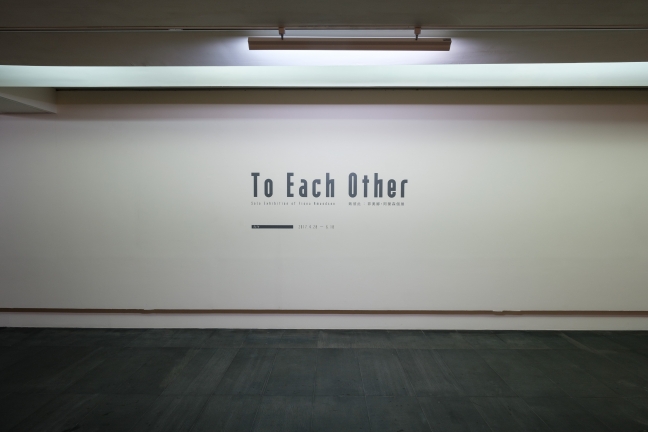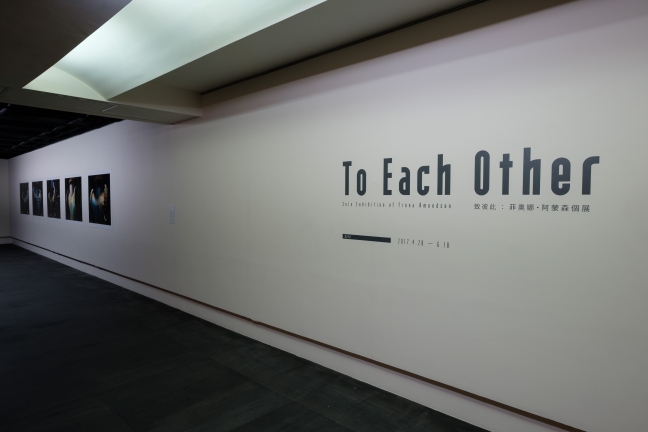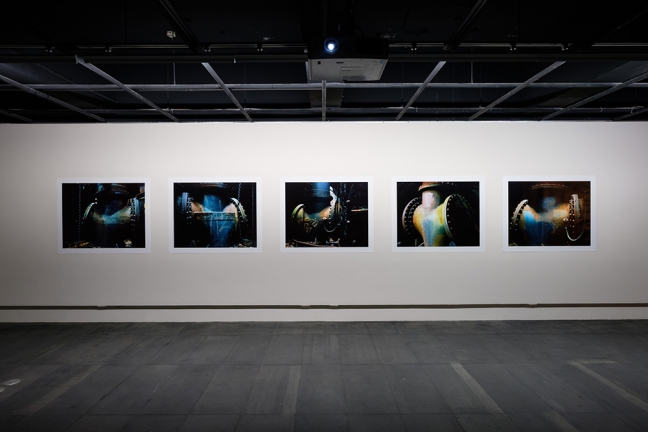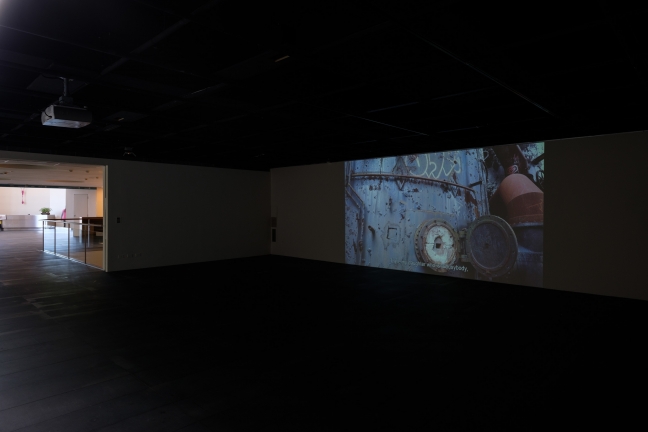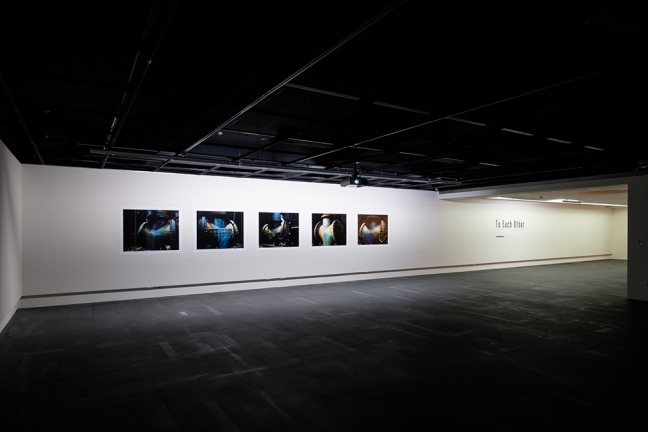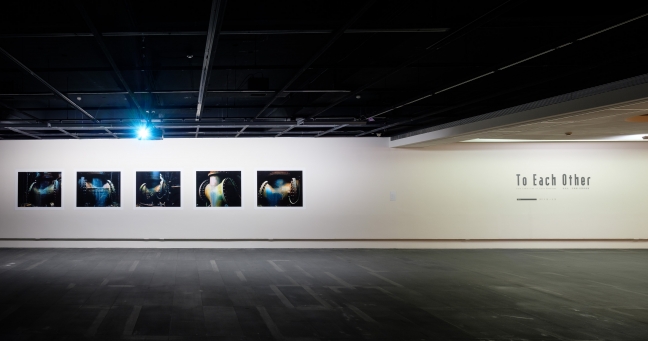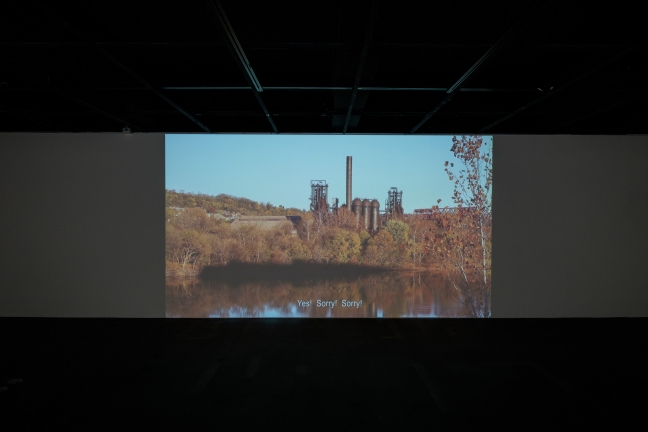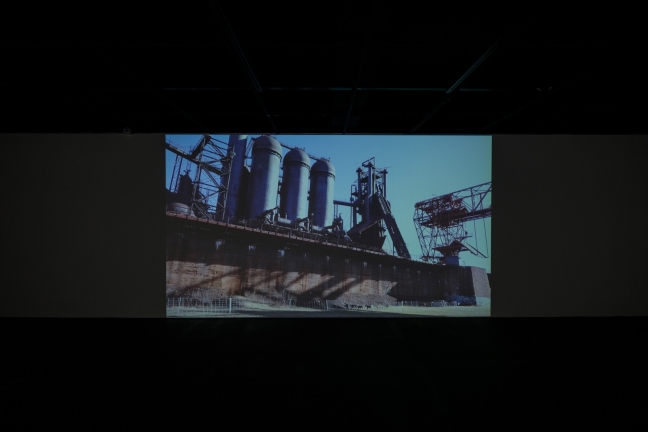To Each Other: Solo Exhibition of Fiona Amundsen
2017.04.28~2017.06.18
09:00 - 17:00
【INTRODUCTION】 This exhibition’s title references an American produced World War Two propaganda film that celebrated the country’s steel manufacturing industries and their mobilisation into a united nationalist front, producing everything from planes to bombs during this conflict. These words⎯to each other⎯also directly reference America’s own politically fraught processes of gaining sovereignty from British colonial rule as outlined in ‘The Declaration of Independence’. Although absent in reality one of the espousing ideological principles of this document is the belief that all humans, in spite of race and class, are created equal. Taking To Each Other as its title, this exhibition includes a series of photographs and a single channel video. Both the video and photographs work with WWII propaganda footage of steel production and present-day filming/photographing of Carrie Furnace, a former blast furnace in Pittsburgh. In the video, both footages are edited together with a voice recording that describes the affects of the 1945 WWII incendiary-bombing of Tokyo, where 100,000 civilians were burnt to death due to the intensity of fire produced from the steel clad cluster munitions. An interweaving of historical connections and remnant narratives to these divergent spaces starts to emerge despite what is literally visible within these different filming modalities. For example, the archival footage of wartime steel mills provides a twofold sense of mobility through the material movement qualities of film itself, but also via matter (the material properties of steel) that is set into motion. This in turn raises ideological questions concerning what it means to activate something, to make something happen, which in this specific case was the Tokyo Air Raids, but also the surrounding less visible contexts of politics, labour, capital, and racism which ‘fuelled’ the war machine itself, be it Imperial America or Japan. These ideas of motion-visible, invisible and ideological-are further positioned by a Japanese woman’s voice over, which provides a personalised account of firebombing, its embodied remnants and aftermath, as well as the lack of official memorialisation of this event. Specifically, her description of an American who bowed to her (40 years after WWII on a visit to the USA) offers a trans-cultural expression of respect, acknowledgement and recognition, which is also set in to motion through the body: bowing is a movement that is activated and internalised by the body itself. However, here the bow operates as a non-verbal/non-visual activation of respect, raising questions concerning the violence, past and present, that bodies endure: how might internalised and externalised experiences operate to sublimate the absence of memorial? Can the bow itself, this act that remains invisible but is connected as idea through the present-day filming of the remnants of the former steel mill, be thought of as memorial? These questions are further explored via the still photographs, which reveal close-up details of the inner workings of the steel mill. Specifically, the photographed objects consist of ‘cold blast stoves’ whose job in steel manufacturing was to control the airflow that literally fuelled the furnace’s fire. Through these photographs, these objects take on a bodily appearance, through their pock-marked, scarred skin-like surface and their shapes: they behave as ‘memory objects’ for past bodily warfare traumas. By bringing together the site of Carrie Furnace with WWII traumas, this exhibition aims to visualise an ethical entangling of sites that although physically remote are historically related, while also grappling with how to imagine potential futures that essentially challenge the continued presence of a defining past.
【INTRODUCTION】 This exhibition’s title references an American produced World War Two propaganda film that celebrated the country’s steel manufacturing industries and their mobilisation into a united nationalist front, producing everything from planes to bombs during this conflict. These words⎯to each other⎯also directly reference America’s own politically fraught processes of gaining sovereignty from British colonial rule as outlined in ‘The Declaration of Independence’. Although absent in reality one of the espousing ideological principles of this document is the belief that all humans, in spite of race and class, are created equal. Taking To Each Other as its title, this exhibition includes a series of photographs and a single channel video. Both the video and photographs work with WWII propaganda footage of steel production and present-day filming/photographing of Carrie Furnace, a former blast furnace in Pittsburgh. In the video, both footages are edited together with a voice recording that describes the affects of the 1945 WWII incendiary-bombing of Tokyo, where 100,000 civilians were burnt to death due to the intensity of fire produced from the steel clad cluster munitions. An interweaving of historical connections and remnant narratives to these divergent spaces starts to emerge despite what is literally visible within these different filming modalities. For example, the archival footage of wartime steel mills provides a twofold sense of mobility through the material movement qualities of film itself, but also via matter (the material properties of steel) that is set into motion. This in turn raises ideological questions concerning what it means to activate something, to make something happen, which in this specific case was the Tokyo Air Raids, but also the surrounding less visible contexts of politics, labour, capital, and racism which ‘fuelled’ the war machine itself, be it Imperial America or Japan. These ideas of motion-visible, invisible and ideological-are further positioned by a Japanese woman’s voice over, which provides a personalised account of firebombing, its embodied remnants and aftermath, as well as the lack of official memorialisation of this event. Specifically, her description of an American who bowed to her (40 years after WWII on a visit to the USA) offers a trans-cultural expression of respect, acknowledgement and recognition, which is also set in to motion through the body: bowing is a movement that is activated and internalised by the body itself. However, here the bow operates as a non-verbal/non-visual activation of respect, raising questions concerning the violence, past and present, that bodies endure: how might internalised and externalised experiences operate to sublimate the absence of memorial? Can the bow itself, this act that remains invisible but is connected as idea through the present-day filming of the remnants of the former steel mill, be thought of as memorial? These questions are further explored via the still photographs, which reveal close-up details of the inner workings of the steel mill. Specifically, the photographed objects consist of ‘cold blast stoves’ whose job in steel manufacturing was to control the airflow that literally fuelled the furnace’s fire. Through these photographs, these objects take on a bodily appearance, through their pock-marked, scarred skin-like surface and their shapes: they behave as ‘memory objects’ for past bodily warfare traumas. By bringing together the site of Carrie Furnace with WWII traumas, this exhibition aims to visualise an ethical entangling of sites that although physically remote are historically related, while also grappling with how to imagine potential futures that essentially challenge the continued presence of a defining past.
